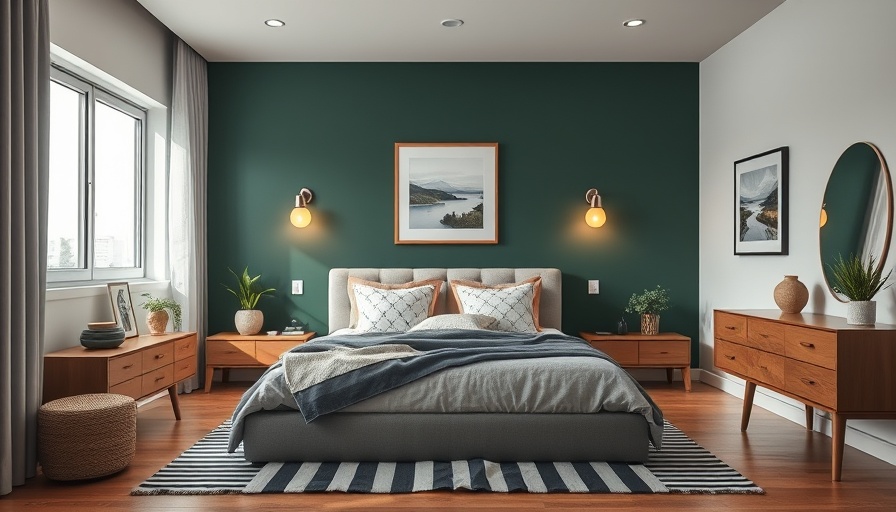
Transform Your Space using Layered Lighting Techniques
Lighting transcends mere functionality in design; it shapes moods, affects behaviors, and can even govern how we feel in our living spaces. When faced with your next decorating challenge, consider utilizing a powerful technique known as layered lighting. This approach doesn’t limit you to a single overhead fixture. Instead, it allows the integration of ambient, task, and accent lighting to create depth and versatility in your home.
Understanding Layered Lighting: The Three Key Types
“Layered lighting uses three types of lighting to make a room feel comfortable, look good, and function well in everyday life,” states Anayeli Carrillo from Dkor Interiors in Miami. The three key types you should integrate into your space include:
- General Lighting: This is your base layer, often achieved through ceiling fixtures or recessed lighting. It brightens your entire area.
- Task Lighting: Essential for focused activities, this includes desk lamps or under-cabinet lights that illuminate workspaces like your kitchen counter or reading nook.
- Accent Lighting: This type highlights art or architectural details, using sources like wall sconces or LED strips. It adds a decorative touch to your ambiance.
The Benefits of Layering Your Lighting
Layering is not just a trick of the trade for interior designers, it comes with tangible benefits. According to Nohea Sentenac, owner of Sentenac House Interiors, overhead lighting can disrupt your natural circadian rhythm, making you feel like it's always midday.
Instead, a well-planned lighting scheme that blends different sources between your eye level and abdomen creates a more inviting environment. “I always advocate for mixing table lamps, floor lamps, or even cordless mini lamps,” says Sentenac. Even non-lighting elements such as candles can contribute to layering, making your space both functional and cozy.
Practical Tips for Implementing Layered Lighting in Your Home
Whether you're enhancing your Los Angeles rental or revamping a Seattle home, here are some actionable strategies to incorporate layered lighting effectively:
- Identify Your Zones: Consider different areas in your home and recognize their unique lighting needs. Your workspace requires focused task lighting, while a reading area might benefit from ambient lighting that creates relaxation.
- Mix and Match Fixtures: Don’t hesitate to incorporate a variety of light sources—from pendant lights and sconces to floor lamps, to find a balance that works for you.
- Use Dimmer Switches: This allows you to adjust brightness to suit various moods and times of day.
Engaging with Your Space
By using layered lighting, homeowners can create visually stunning environments that are not only comfortable but conducive to everyday activities. Remember, the right light can mean the difference between a simple room and a beautifully designed space that reflects your personality. Lighting can influence your emotional landscape; wellness and ambiance begin with intelligent design decisions.
As you explore the various facets of layered lighting, ask yourself: How might your own space transform with a thoughtful mix of light types? Encouraging engagement with your home today equips you to make design decisions that resonate with both function and style.
 Add Row
Add Row  Add
Add 




Write A Comment